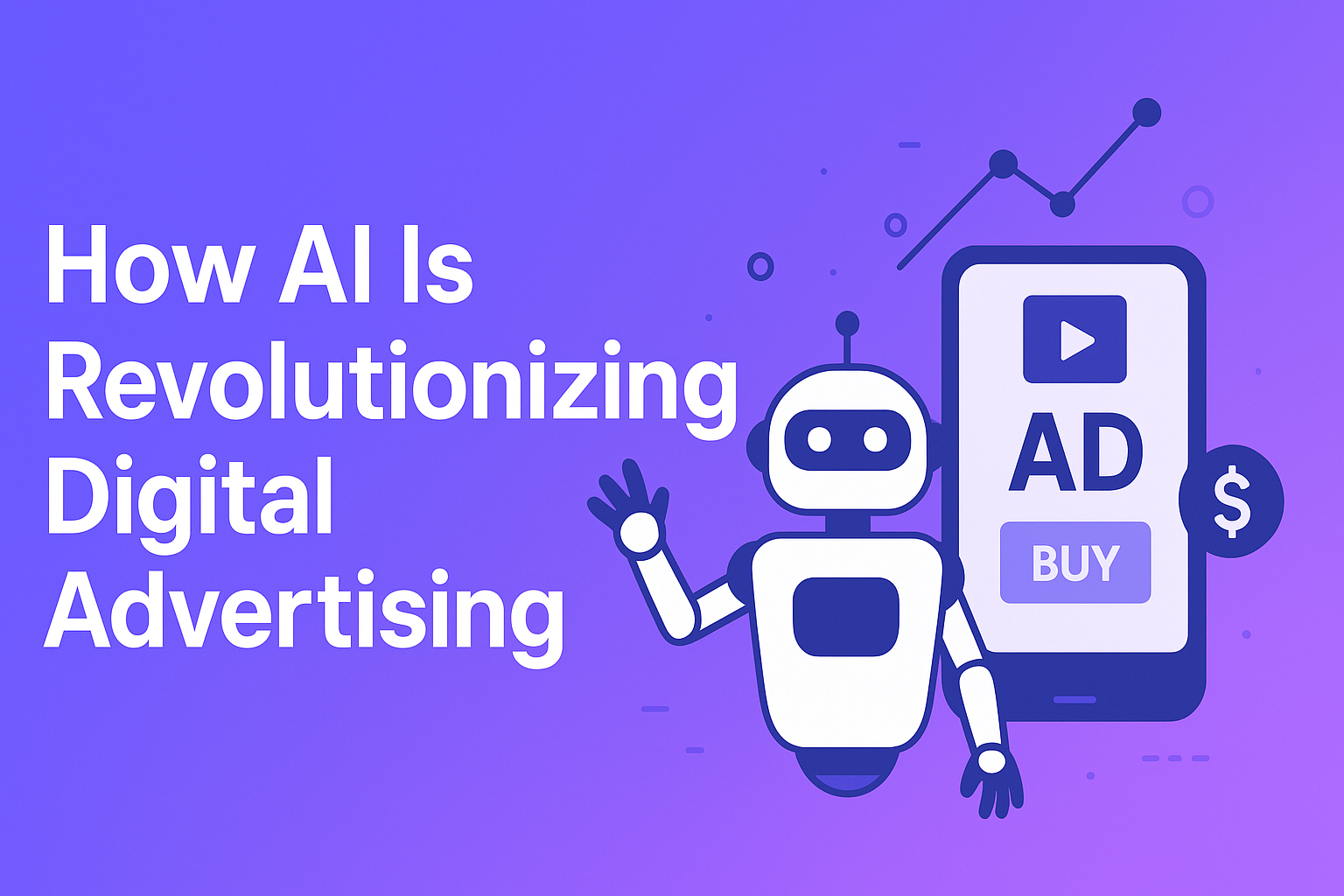
The world of digital advertising is evolving at lightning speed. With the rise of AI in advertising, businesses no longer rely solely on manual targeting or guesswork. Artificial intelligence is helping startups, small businesses, and D2C brands in India run smarter campaigns, reach the right audience, and optimize budgets more effectively.
From programmatic advertising to AI-driven personalization, brands are leveraging new tools to make their ads more relevant and cost-efficient. According to PwC, AI could contribute $15.7 trillion to the global economy by 2030, and a big portion of this will come from smarter marketing and advertising.
Why AI Matters in Digital Advertising
1. Smarter Targeting
AI analyzes huge sets of user data—from browsing behavior to purchase history—to deliver ads to people who are most likely to convert. For example, a D2C fashion brand in India can use AI tools to target users who have recently engaged with Instagram reels about trending outfits.
2. Programmatic Advertising
Instead of manual bidding, programmatic ads use AI to automate ad placements in real-time. This ensures ads appear at the right place, right time, and at the right cost.
3. Personalized Ad Creatives
AI tools like dynamic creative optimization (DCO) automatically adjust ad copy, visuals, or CTAs depending on user preferences. For instance, one person may see a “Shop Now” button, while another sees “Get My Discount.”
4. Better ROI Tracking
AI-powered dashboards measure campaign performance beyond clicks. They analyze engagement, conversions, and customer lifetime value, helping brands make data-driven decisions.
Examples of AI in Advertising
- Swiggy: Uses AI-driven recommendations to personalize food ads for users.
- Amazon India: Employs predictive algorithms to suggest products and run programmatic campaigns.
- Nykaa: Leverages AI for personalized product recommendations and retargeting ads.
These examples show how AI in advertising has moved from being futuristic to being a necessity.
Actionable Steps to Leverage AI in Advertising
- Use AI-Powered Tools – Platforms like Google Ads’ Smart Bidding, Meta Ads AI, and programmatic ad exchanges.
- Leverage Predictive Analytics – Forecast customer behavior to allocate ad budgets better.
- Experiment with Chatbots – Use AI-powered chatbots on landing pages for instant lead conversions.
- Adopt Dynamic Creative Optimization – Allow AI to automatically customize creatives based on user data.
- Monitor & Refine Continuously – AI gives recommendations, but human supervision ensures alignment with brand goals.
Integrating AI advertising strategies with a strong SEO, branding, and website design foundation ensures that ad traffic converts into long-term customers. Explore Digitastra’s digital marketing and branding services to maximize your growth.
FAQs on AI in Advertising
Q1: What is AI in advertising?
It refers to the use of artificial intelligence for targeting, bidding, personalization, and optimizing ad campaigns.
Q2: How does AI improve ad targeting?
AI analyzes user behavior, demographics, and online activity to identify the best audience for each ad.
Q3: Is AI advertising expensive for small businesses?
Not necessarily. Many AI features are built into platforms like Google Ads and Meta Ads, making them accessible even for startups.
Q4: Can AI replace human marketers?
No. AI enhances decision-making, but human creativity and strategy remain essential for effective campaigns.
Q5: What are some AI tools for advertising?
Google Ads Smart Bidding, Meta Advantage+, Taboola, and AI-driven DSPs (demand-side platforms) are popular options.
AI is no longer a buzzword it’s the backbone of digital advertising in 2025. By leveraging AI for smarter targeting, automation, and personalization, businesses in India can cut costs, boost ROI, and deliver highly relevant ads.
At DIGITASTRA, we help startups, small businesses, and D2C brands harness the power of AI alongside branding, SEO, website design, and social media marketing. If you want your ads to work smarter, not harder, the time to adopt AI is now.


